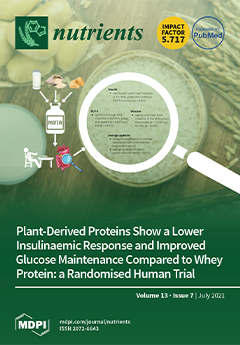The flowering plant genus
Alisma, which belongs to the family Alismataceae, comprises 11 species, including
Alisma orientale,
Alisma canaliculatum, and
Alisma plantago-aquatica.
Alismatis rhizome (Ze xie in Chinese, Takusha in Japanese, and Taeksa in Korean,
AR),
[...] Read more.
The flowering plant genus
Alisma, which belongs to the family Alismataceae, comprises 11 species, including
Alisma orientale,
Alisma canaliculatum, and
Alisma plantago-aquatica.
Alismatis rhizome (Ze xie in Chinese, Takusha in Japanese, and Taeksa in Korean,
AR), the tubers of medicinal plants from
Alisma species, have long been used to treat inflammatory diseases, hyperlipidemia, diabetes, bacterial infection, edema, oliguria, diarrhea, and dizziness. Recent evidence has demonstrated that its extract showed pharmacological activities to effectively reverse cancer-related molecular targets. In particular, triterpenes naturally isolated from
AR have been found to exhibit antitumor activity. This study aimed to describe the biological activities and plausible signaling cascades of
AR and its main compounds in experimental models representing cancer-related physiology and pathology. Available in vitro and in vivo studies revealed that
AR extract possesses anticancer activity against various cancer cells, and the efficacy might be attributed to the cytotoxic and antimetastatic effects of its alisol compounds, such as alisol A, alisol B, and alisol B 23-acetate. Several beneficial functions of triterpenoids found in
AR might be due to p38 activation and inhibition of the phosphatidylinositol 3-kinase (PI3K)/protein kinase B (Akt)/mammalian target of rapamycin (mTOR) signaling pathways. Moreover,
AR and its triterpenes inhibit the proliferation of cancer cells that are resistant to chemotherapy. Thus,
AR and its triterpenes may play potential roles in tumor attack, as well as a therapeutic remedy alone and in combination with other chemotherapeutic drugs.
Full article






